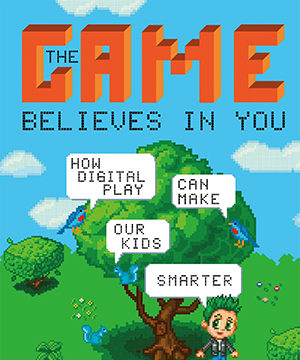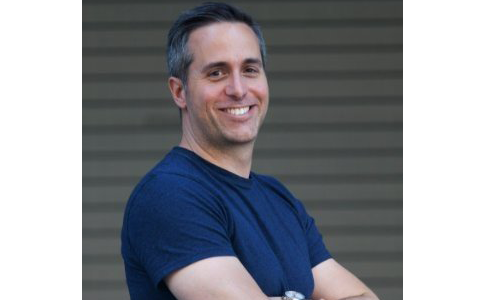Time magazine touted “the School of One” as one of the 50 top innovations of 2009—the only educational innovation to be given that honor. As described in Time, “each day, students in the School of One are given a unique lesson plan — a ‘daily playlist’— tailored to their learning style and rate of progress that includes a mix of virtual tutoring, in-class instruction and educational video games.” I stopped by to see the folks putting together the School of One at a New York City middle school last week to see how new technologies that help teachers adapt to each student’s learning level actually work in practice.
School of One provides an opportunity to see a system that teaches to what I have called the student’s “price point.” I got the idea of price point by going to a convention of designers who are in the business of finding and packaging attractive products for their customers. In my Education Week “Commentary,” I compared adaptive learning to their standard sales technique of finding a customer’s price point before pitching a particular piece of merchandise. If the designer promotes a product the customer cannot afford, the opportunity for a sale is immediately lost. If the designer suggests a product that is too cheap, the customer may feel they are being shown only what’s available in a second-hand store.
Educators, like designers, can benefit from identifying the student price point, the material the student is now ready and prepared to learn. With adaptive testing technologies now available, schools can quickly and efficiently obtain weekly, perhaps daily, information on what a student knows. Teaching can zero in on the price point, so the student is not given something that is either too advanced or too repetitive of what he or she already knows.
School of One takes this idea one step further by also trying to identify student interests and learning styles as well. If a boy is a Little Leaguer; then baseball statistics may be the best way to teach math. If a girl plays volleyball, the examples can be modified accordingly.
School of One places students in larger classes or smaller groups or in a one-on-one instruction situation, either by a tutor or online, depending on the number of others in the class who are at a similar price point and share interests. The student’s placement may shift from day to day, or week to week, depending on the material to be covered, but also to make sure the student has varied experiences.
The logic of the program is based so far on the assumption that there is some linear progression in the acquisition of knowledge. One needs to learn how to divide whole numbers before one can begin to explore fractions. One needs to learn the meaning of pi before one can be taught how to figure out the area of a circle. Such progression is most obvious in mathematics, and so School for One is so far just a math program.
In 2009, the program ran during the summer; this spring it ran as an after-school program. Next fall the program will be attempted during the standard school day in sixth and seventh grade in selected schools scattered throughout NYC boroughs.
Arthur Levine, former head of Teachers College at Columbia University, has said that “New York City’s School of One may turn out to be the single most important experiment conducted in education so far. It is the future.” He may be absolutely correct, but I still left with the feeling that Chancellor Joel Klein was correct in asking the School of One team to move slowly, starting with just a math program offered in the summer or after school, and only then attempting to try it out during the school day in certain selected locations where principals are supportive. The art of adaptive learning is certainly the future, but it is definitely more easily advocated than implemented.
Clay Christiansen’s comparison of virtual education today to the pocket transistor radio of the 1950s seemed entirely apt. From small beginnings an entirely new world is being created, step by step. The question is not so much whether online learning is coming as to how and when.




